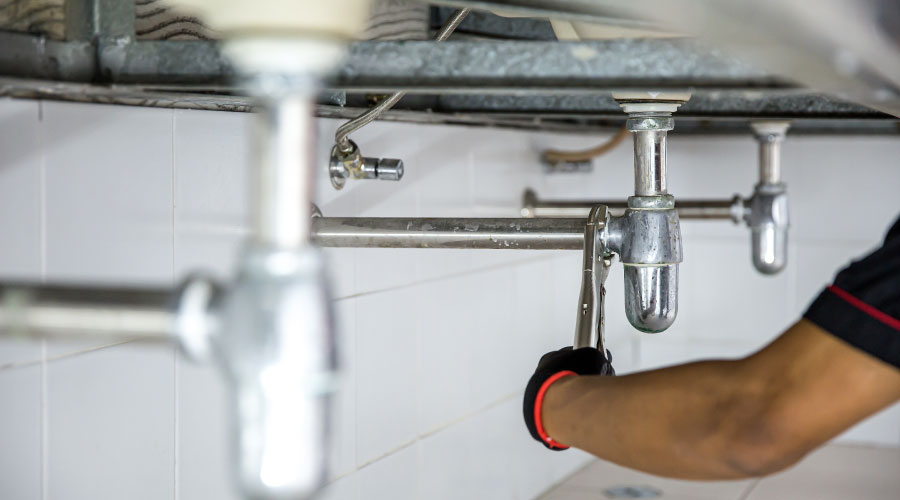Fixing Fixture Use
Facility managers can take steps to improve the water efficiency of their buildings by taking a look at components of the plumbing system like toilets and sinks. Over the years, there have been significant advances in the efficiencies. Toilets that use 1.6 gallons per flush (gpf) have been available since about 1994, says Tom Horner, vice president of Water Management.
When the toilets were initially introduced, there were concerns about performance. Since about 2005, however, engineered designs from all main manufacturers have improved the flushing ability and performance of lower-flow toilets dramatically.
"Designs are to the point that I believe the majority of the toilets produced two years from now will be 1.28 gpf or less," says Horner.
Dual-flush and ultra low-flush products also have improved greatly in reliability and performance and will continue to evolve.
Any product made before 1994 was designed to use 3.5 gpf but probably is currently using more than four gpf due to non-original fill valves and flappers, says Horner. These less efficient models are prime targets for upgrades.
Urinal designs have improved to the point that less than one quart-per-flush units will be the de facto standard in the next year, says Horner.
Facility managers also should check with local utilities to determine if incentives are offered for upgrades. If incentives are available, it's important for managers to move quickly. Before the recession, incentives were plentiful and easy to find, but budget shortages in many states are beginning to affect these programs.
Looking beyond toilets, LEED 2009 standards are 2.2 gpm for private lavatories.
But, says Horner, "we see the industry moving to one to 1.5 gpm for private lavatories and less than or equal to 0.5 gpm for public lavatories."
The showerhead standard is 2.5 gpm.
"We find that the industry is moving to the 1.5 to 2.25 gpm showerhead flow range," says Horner. "With dramatically lower hot water flows dictated by water conservation trends, advanced re-circulation type systems will become common — and needed — in new construction and major retrofits."
Facility managers should evaluate how their lavatories are used and ensure an efficient flow rating based on the application. Sinks specified for personal use, as in dormitories, gyms and locker rooms, for example, will need different flow rates than sinks used for heavier hand washing, medical, food service and maintenance applications.
Sensors and restrictors also are options to consider for increasing water efficiency. If users have to clean or scrub their hands for an extended period of time, for example, the water does not need to continue flowing. Rather, facility managers can use sensor-, foot- or knee-operated fixtures.
— Justin Smith
|














